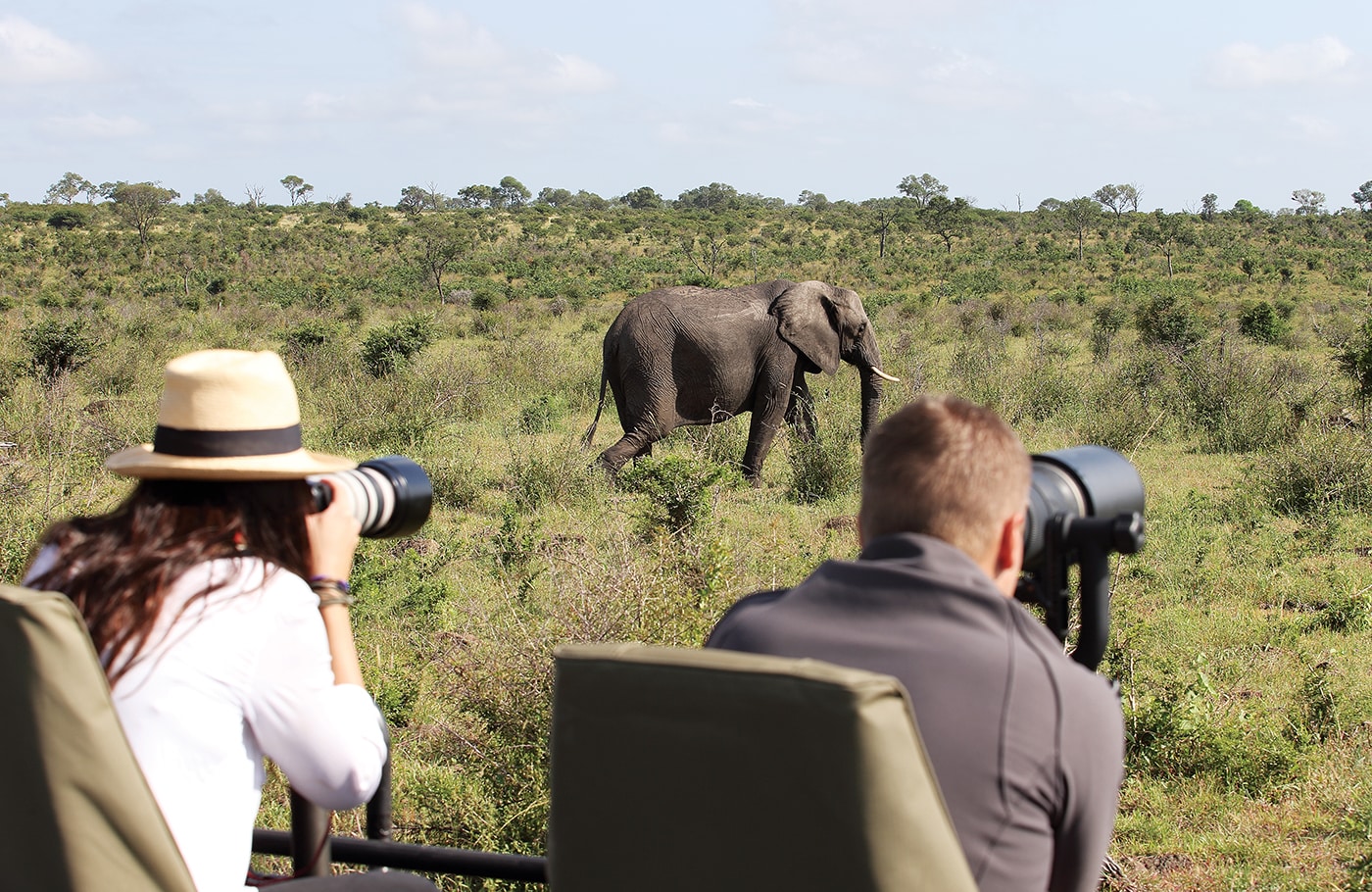
Tanzania must be one of the most photographer-friendly destinations on the planet. From snow-capped mountain peaks to ‘Big Five’ safaris and dreamy tropical islands, Tanzania is basking in its newfound status of being a seriously hot photographic travel destination.
From the Serengeti plains and steep-sided Ngorongoro Crater to the flamingos of Lake Manyara and giant tuskers of Tarangire to idyllic Zanzibar and traditional Pemba to the wild landscapes of Ruaha, Katavi, and Stiegler’s Gorge in the Selous… the list of iconic Tanzanian photographic destinations is almost endless.
The Mahale Mountains with its habituated chimpanzees and Lake Tanganyika location is another unique photographic destination, while the many mountains and volcanoes – from world-renowned Kilimanjaro to the restless Ol Doinyo Lengai volcano – ensure that this is a country that has photographers salivating at the mere thought of a visit.
Photography is best done from either a private vehicle or at the very least a vehicle of like-minded individuals who won’t move around at critical moments and who are also happy to be out before sunrise and back after dark. Photographic safaris tend to be most successful when you have control over the vehicle and where it goes.
A guide who is a photographer him- or herself and who has guided photographers before makes a big difference in terms of positioning the vehicle correctly, getting the light right, and not wanting to head back to the lodge or camp simply because it’s breakfast time.
If you can afford it, then it is definitely worth booking a private vehicle – for you (and your fellow photographers) – to ensure that there is no conflict of interests and that you are the master of your own photographic destiny.
Things are considerably easier outside of the parks and game reserves where dangerous wildlife and safety are less of an issue, allowing one to explore and photograph on foot and at your own pace.
Dust is a big problem on safari, so traveling with multiple camera bodies attached to different lenses is a good idea, as this negates the need to change lenses enabling dust to get inside the camera.
Having plenty of extra memory cards, spare batteries and a solar charger is also a great piece of kit to travel with (because it’s difficult to try and charge batteries halfway up a volcano).
The time of year you chose for your photographic safari is probably the biggest and toughest decision you will face.
On the one hand, you have the superb wildlife viewing and Mara River crossings of the late dry season, but this comes with smoky and dusty conditions as well as dull brown and drab grey backgrounds.
During the green season when the rejuvenated bush returns to life, there is a profusion of color, and the clarity after the rains is second to none, but on the flip side, wildlife is dispersed and quality sightings can be harder to come by. This is the time of year to concentrate on landscape and bird photography for sure.